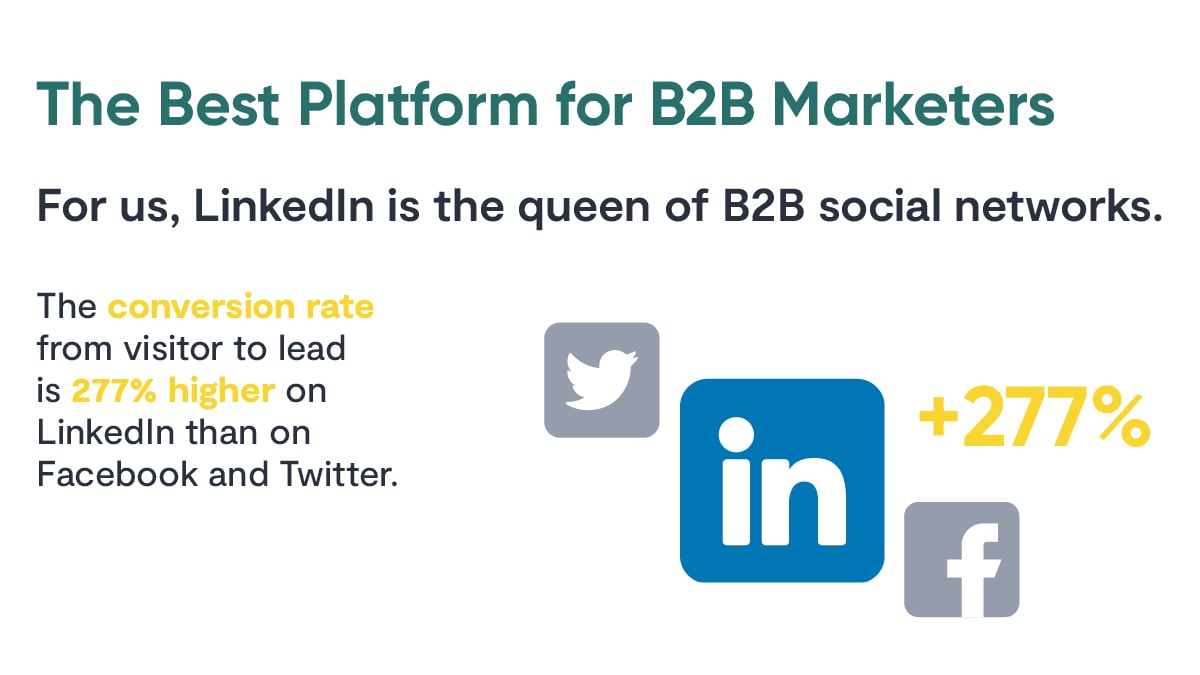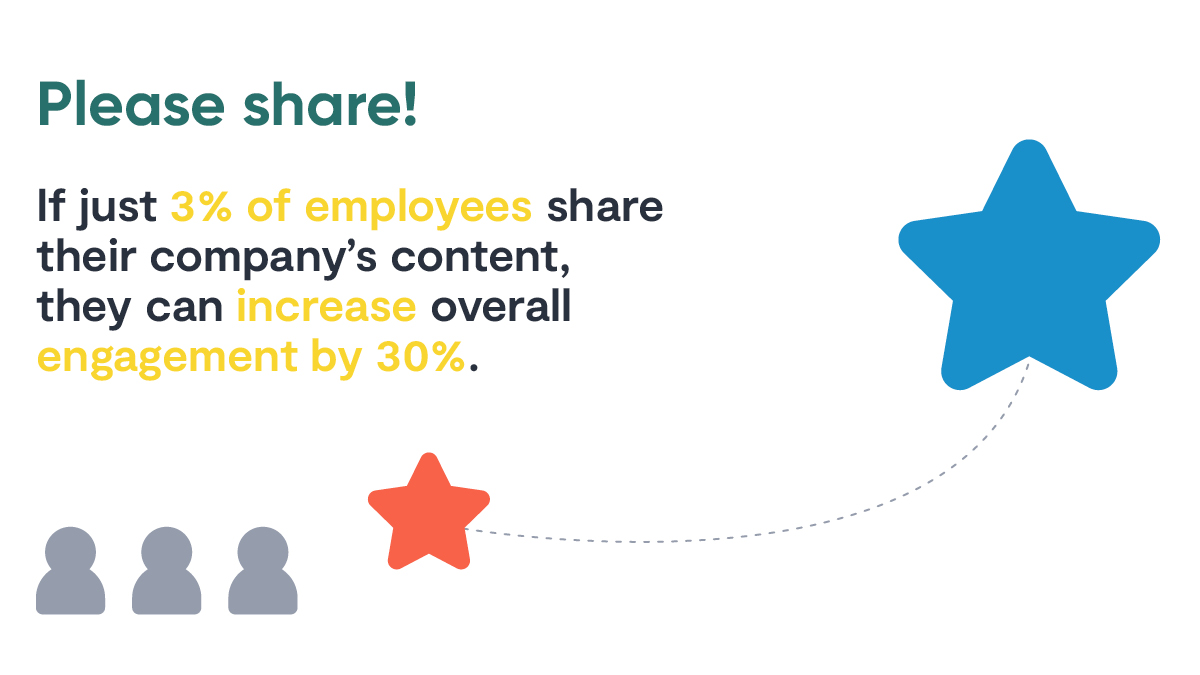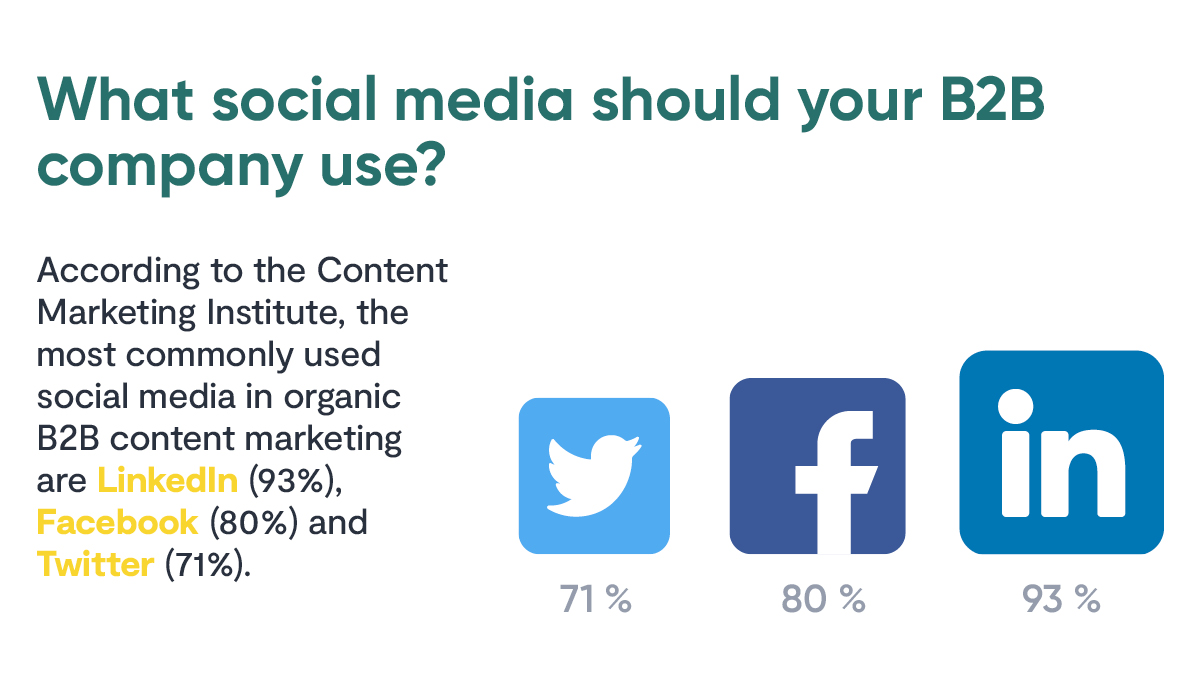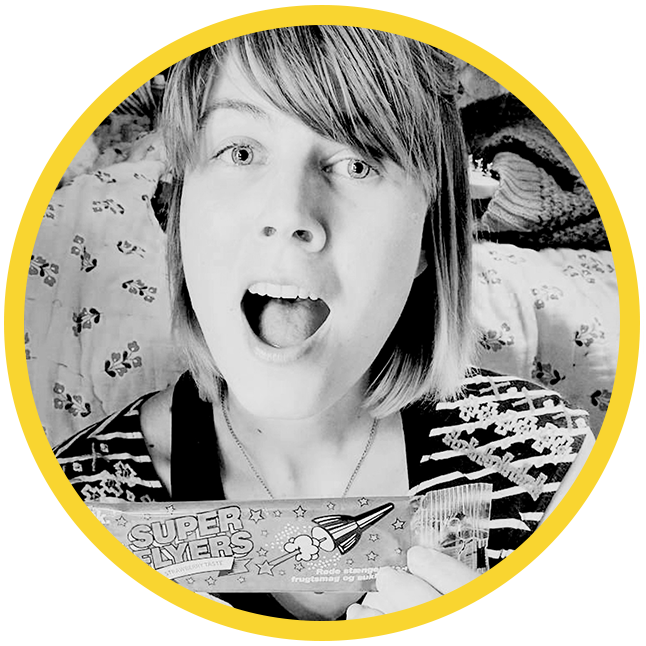Do you have a moment to answer three questions about your B2B social media strategy? Don’t worry, it won’t take long:
Does your company have social media channels?
(Your likely response: “Of course! It’s part and parcel of any business these days.”)
Do you post on a regular basis?
(Your likely response: "Yes, sometimes more, sometimes less.")
Are you seeing tangible results from your social media posts that impact your business?
(Your likely response: "Nope. That’s why I’m here.")
You Know that Social Media Marketing Has a Lot of Potential
You’re already well aware that having a presence on social media is crucial for your business. And yet, devising an elaborate social media marketing strategy just hasn’t landed at the top of your agenda yet.
Or maybe you’ve just made some excuses! Thought leadership and engagement are all well and good, but how much impact does social publishing really have on business success? Social media marketing can’t do much for my business, right?
What if I told you:
- 81% of shoppers are more likely to interact with companies with a strong and coherent social media presence.
- 67% of B2B buyers and decision-makers use social media in the awareness phase to research solutions.
- 4 out of 5 LinkedIn members are involved in business decisions.
- 89% of top performers on sales teams say social networking platforms like LinkedIn are part of their sales strategy and even critical to closing deals.
- Adobe successfully closed 42% of its deals thanks to LinkedIn Marketing.
Where do you stand? Are you pumped to see how you can finally create a suitable and effective social media strategy for your business? Thought so. Let’s get started!
P.S: Do you find it difficult to measure the success of your social media activities? Many of our customers don’t know how to map its effect on their business. You can find all the KPIs you should track for your social media channels in this blog post – everything beyond that can be solved using HubSpot Reporting. Get in touch!
B2B Channels for Social Publishing
With 774 million registered users, LinkedIn is the world’s largest professional network.
On LinkedIn, you can map campaigns across the entire marketing funnel. Precise targeting by job title, career stage, work experience and degree enables outstanding positioning in the market thanks to performance and branding campaigns.
With 330 million monthly active users, Twitter is a real heavyweight.
Twitter has evolved from text-only to a channel for pretty link previews, videos, photos and GIFs. Links and text also work really well! When timed right, current memes or the Trends feature can be rather exciting too.
With 2.6 billion monthly active users, Facebook (Meta) is the largest social network in the world.
Facebook is the one-size-fits-all model. Whether it’s videos, text information or visual links – all formats work really well. However, performance is strongly influenced by the Facebook algorithm, so always test and keep an eye on things.
With 1 billion monthly active users, Instagram (Meta) can hold its own among the media giants.
As the channel on which the world always looks so idyllic, Instagram is suitable for everything visual and personal. Photos and videos, beautiful text and graphics, educational content, inspirational messages, memes and even screenshots of tweets. The main thing is being aesthetic and on brand!
What Social Media Platform Works Best for B2B?
Out of the major social media platforms, LinkedIn remains the best overall platform for B2B marketers, followed by Facebook and then Instagram.
You may now be wondering whether it’s sufficient to be active on one platform and post content exclusively on there, e.g. LinkedIn. The answer is not really!
We recommend that you adopt an omnichannel approach and don’t neglect other social media. After all, B2B purchasing decisions are ultimately made by the people who spend time on many different social platforms.
From our perspective, however, Facebook, Twitter and Instagram are all downstream. In the B2B sector, LinkedIn is simply THE platform on which your company can and should stand out, because it is here that you have an insanely good chance of reaching your buyer persona when they’re in the “business headspace”.

How to Set Up Your B2B Social Media Strategy (LinkedIn)
Step One: Set Your Goals
Let’s start from the bottom and look at where you want to go with your strategy: what is your goal? For many of our customers, i.e. start-ups and grow-ups in the tech sector, the purpose of their efforts on LinkedIn is usually to raise awareness for their product/brand and generate leads.
But maybe you and your team have the following goals, which are also frequently mentioned:
- Establish your company and/or your experts as thought leaders
- Push and consolidate the perception of your brand
- Leave a lasting impression on your target audience
- Increase your social share of voice
Step Two: Plan Implementation
Most companies have a rough idea of what needs to be done to increase their presence on LinkedIn: they want more followers, more likes and more clicks.
What parameters can you use to measure on LinkedIn?
- Impressions: The frequency with which a post was displayed to LinkedIn members.
- Clicks: The number of clicks on the company name, content or logo.
- Interactions: The number of interactions (reactions, comments or shares) on your post.
- New followers: The number of new followers gained through a sponsored update.
- Engagement: The number of interactions divided by the number of impressions.
So far, so good! But what’s missing now is…
…making the whole thing actionable and purposeful. We recommend you start working with SMART goals.
Specific – Set your targeting by focussing on a selected audience or a specific radius.
Measurable – See the parameters above. Choose a suitable one and define by how much it should increase.
Achievable – What needs to be done to achieve the goal? Specify the necessary actions.
Realistic – Ask yourself if it’s even possible to achieve such a goal. If not, you’ll have to adjust it.
Time sensitive – How long should it take to reach the goal? Again, make sure you set realistic timeframes.
Want an example? Of course!
Implementing the goal “Increase brand awareness” might look something like this:
- Specific: Increased awareness among decision-makers in the logistics industry
- Measurable: 250 new followers from the target group
- Achievable: Use paid posts costing 15 euros per post with predefined targeting towards the target group
- Realistic: Absolutely!
- Time-sensitive: 3-month time limit
Third Step: Secure Results
Goal set, timetable in place – you’re ready to go, aren’t you? Yes, almost! We’ll give you a few tips for successful LinkedIn publications along the way:
1. Consider the overall impression you leave
Be prepared for new followers to examine your company profile, as well as those of your experts and leadership team. First impressions really do count, with complete company pages receiving 30% more views per week.
- Logo and cover image
Add your logo and an appropriate cover image with the correct image dimensions.
- Basic information
Say a few meaningful words about your company in the overview and provide all relevant info about the organisation.
- CTA button
The CTA button can be customised. Choose the right button for your goals – once some time has passed, evaluate who clicked on it in the visitor analytics.
- The first impression
The last nine posts have a huge role to play in forming people’s first impressions. So if you’re just starting to ramp up your social media posts, have a quick look at what’s been posted recently and get rid of posts that don’t align with your business.
2. What you should post
LinkedIn is ideal for positioning yourself as a B2B thought leader. But what should you actually post about?
- Talk about your company and product
Explain how your product works, highlight the benefits of your solution and provide up-close insights behind the scenes of your company. However, you shouldn’t settle for posting a picture of the company brunch every few weeks and touting your solution on the side.
- Bring expert knowledge to the fore
Information that is both interesting and high quality must be provided. Company executives and experts should share their insights on industry-relevant topics or opinions on the latest developments in the sector. Long text posts aren’t uncommon on LinkedIn.
- Share helpful information with your followers
The best thing you can do is create new content. For example, you could write and share exciting blogs and interviews to position yourself as a source worth reading for your followers and pick up potential buyer personas in the awareness phase. Give readers tips and tricks for solving their challenges with handy best practice guides while simultaneously generating leads.
Of course you can always share external links and high-quality content from third-party sources in between, but always use your own high-quality text.
3. Get your employees on board
Motivate your team to create and complete LinkedIn profiles – as soon as they contain the company name, they are automatically displayed to followers of the company’s account and all visitors to the business account. This fosters trust and connects the company name with real faces!

- The social networks of your colleagues are a treasure trove for expanding your reach and better addressing potential customers. Keyword: personalization.
- On average, your colleagues’ networks are at least 10x larger than the company’s follower base.
- When your colleagues share a post, it’s perceived as 3x more authentic.
- Users are more likely to engage with content if it comes from (or is shared by) people they know, rather than from a company profile.
- When employees share content, the click-through rate is usually 2x higher compared to posts shared by companies.
We did it! These are your first steps. In order to leverage your LinkedIn channel as a sales machine, your page and your followers need regular attention. We recommend a healthy mix of valuable content, engaging events and well-launched LinkedIn ads.
Need some support? Just ask us!
Feel like browsing a little more? Make sure to get some of that insider knowledge we have put together for you.






